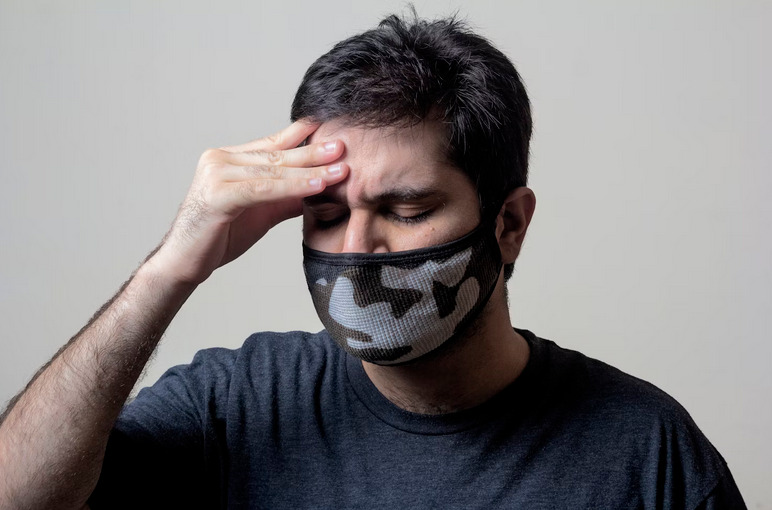Managing Migraines: Tips for Dealing With Severe Headaches
Are migraines putting a damper on your day? Don’t let those pounding headaches control your life any longer. In this blog post, we’ll provide you with valuable tips and strategies for managing severe migraines so you can get back to feeling like yourself again. Say goodbye to the pain and hello to relief – it’s time to take control of your headaches once and for all.
Identifying Types of Headaches
Before delving into strategies for dealing with headaches, it’s essential to identify the type of headache you are experiencing. Tension headaches, migraines, cluster headaches, and sinus headaches are among the most common types. Each has distinct characteristics, triggers, and recommended treatments. Knowing the specific type of headache you are dealing with is the first step in effective management.
Hydration and Nutrition
Dehydration and poor nutrition are frequent contributors to headaches. Ensuring you stay adequately hydrated by drinking enough water throughout the day can significantly reduce the frequency and intensity of headaches. Additionally, maintaining a balanced diet that includes regular meals rich in nutrients helps stabilize blood sugar levels and prevents headaches triggered by hunger or low energy.
Stress Management Techniques
Tension headaches often result from stress, anxiety, or muscle tension in the head and neck. Incorporating stress management techniques into your routine can be instrumental in preventing and relieving tension headaches. Practices such as deep breathing exercises, meditation, yoga, and progressive muscle relaxation help relax the mind and body, reducing the likelihood of tension-induced headaches.
Adequate Sleep
Lack of sleep or irregular sleep patterns can contribute to the onset of headaches, particularly migraines. Establishing a consistent sleep routine, ensuring you get an adequate amount of quality sleep each night, and creating a comfortable sleep environment can significantly reduce the frequency of migraines and promote overall well-being.
Some Common Triggers

Understanding your individual headache triggers is crucial in tailoring lifestyle choices to minimize their impact. Common triggers include specific foods (such as caffeine, chocolate, or certain additives), environmental factors (like bright lights or loud noises), hormonal changes, and weather conditions. Keeping a headache diary can help identify patterns and enable you to make informed decisions about your lifestyle.
Over-the-Counter Medications
Over-the-counter pain relievers can provide temporary relief for mild to moderate headaches. Non-prescription medications such as acetaminophen, ibuprofen, or aspirin can be effective in alleviating pain. However, it’s essential to use these medications cautiously and follow recommended dosage guidelines to avoid overuse, which can lead to rebound headaches.
Professional Intervention
For chronic or severe headaches, seeking professional intervention is crucial. Consult with healthcare providers, including primary care physicians, neurologists, or headache specialists, to determine an accurate diagnosis and develop a comprehensive treatment plan. Prescription medications, lifestyle modifications, and therapeutic interventions may be recommended based on the specific type and severity of your headaches.
Biofeedback and Physical Therapy
For individuals dealing with migraines, biofeedback and physical therapy are emerging as effective complementary approaches. Biofeedback involves learning to control physiological responses, such as muscle tension and blood flow, to reduce the frequency and severity of migraines. Physical therapy, focusing on posture correction and muscle strengthening, can address musculoskeletal factors contributing to migraine episodes.
In conclusion, dealing with headaches requires a comprehensive and personalized approach. Identifying the type of headache, adopting lifestyle modifications, managing stress, ensuring adequate sleep, and understanding individual triggers are essential steps in headache prevention. Over-the-counter medications can provide temporary relief, but long-term solutions often involve professional intervention, including consultation with healthcare providers and the incorporation of emerging therapeutic approaches.

